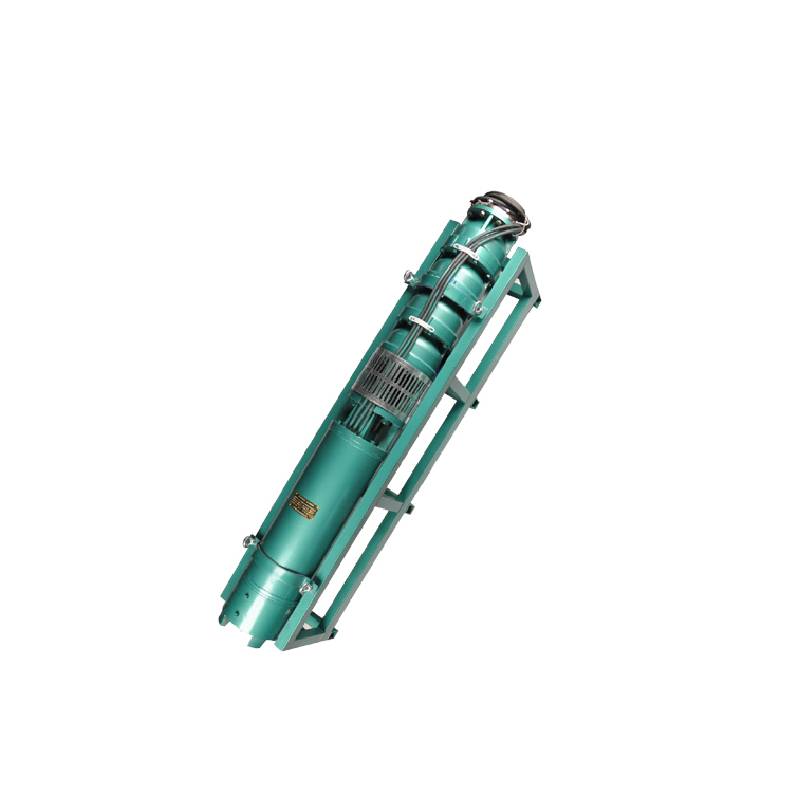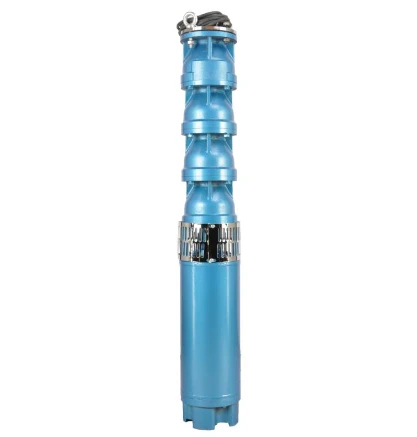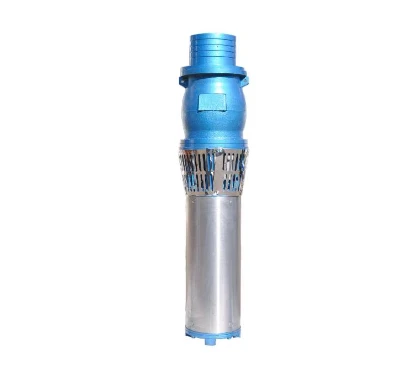सेप . 07, 2024 08:46 Back to list
Electrical Submersible Pump Solutions for Efficient Fluid Handling
Understanding Electrical Submersible Pumps A Comprehensive Overview
Electrical submersible pumps (ESPs) are a vital component in the oil and gas industry, often employed to lift fluids from deep wells
. Designed for efficiency and reliability, these pumps are submerged in the fluid they are intended to pump, providing several advantages over traditional pumping methods.The primary function of an ESP is to move liquids, such as crude oil or water, from the subsurface formations to the surface. This is particularly critical in areas where natural reservoir pressure has diminished over time, necessitating artificial lift systems to maintain production levels. An ESP system consists of several key components a pump, a motor, a seal section, and power cables. The motor is typically located at the bottom of the pump, sealing it off from the wellbore’s high-pressure environment.
One of the main benefits of ESPs is their high efficiency. They are capable of handling large volumes of fluid with a single system, significantly reducing operational costs compared to other pumping methods such as beam pumps or rod pumps. Additionally, ESPs can operate in a wide range of flow rates and are adaptable to various well conditions, making them suitable for a diverse range of applications.
electrical submersible pump

However, ESPs also come with their own set of challenges. For instance, they are susceptible to issues like sand production, which can wear down the pump components and lead to system failures. To mitigate these risks, operators must closely monitor the downhole environment and implement appropriate measures such as deploying sand separators or designing pumps that can handle abrasive materials.
Another consideration is the installation and maintenance of ESP systems. The initial setup can be complex and requires skilled personnel. Regular maintenance is essential to ensure the longevity and optimal performance of the pump. Operators often schedule routine inspections and utilize remote monitoring technologies to track the health of the system and preemptively address any issues.
In conclusion, electrical submersible pumps are essential tools for enhancing fluid production in deep wells. Their efficiency, adaptability, and ability to manage varying flow rates make them an attractive choice for operators. However, the challenges associated with their use highlight the importance of proper management and maintenance strategies to ensure their effective and long-term operation. As technology continues to advance, we can expect to see continued improvements in ESP designs and efficiencies, further solidifying their role in the oil and gas industry.
-
Submersible Well Pumps Buying Guide
NewsMay.14,2025
-
Submersible Sump, Dirty Water, Borehole Pumps Demystified
NewsMay.14,2025
-
Stainless Steel Submersible Pumps Superior Performance
NewsMay.14,2025
-
High Flow Submersible Well Pumps Essential Features
NewsMay.14,2025
-
Choosing the Best Stainless Well Pump
NewsMay.14,2025
-
A Comparison of Submersible Pumps Filled with Water and Oil
NewsMay.14,2025
-
 Submersible Well Pumps Buying GuideReliable access to clean water is fundamental for residential, agricultural, and commercial operations, making the selection of an appropriate well pump system one of the most important infrastructure decisions.Detail
Submersible Well Pumps Buying GuideReliable access to clean water is fundamental for residential, agricultural, and commercial operations, making the selection of an appropriate well pump system one of the most important infrastructure decisions.Detail -
 Submersible Sump, Dirty Water, Borehole Pumps DemystifiedThe world of water management has undergone a technological revolution, with advanced pumping systems now offering unprecedented efficiency and reliability across diverse applications.Detail
Submersible Sump, Dirty Water, Borehole Pumps DemystifiedThe world of water management has undergone a technological revolution, with advanced pumping systems now offering unprecedented efficiency and reliability across diverse applications.Detail -
 Stainless Steel Submersible Pumps Superior PerformanceModern water extraction and fluid handling systems demand equipment capable of withstanding harsh environments while maintaining peak efficiency.Detail
Stainless Steel Submersible Pumps Superior PerformanceModern water extraction and fluid handling systems demand equipment capable of withstanding harsh environments while maintaining peak efficiency.Detail
